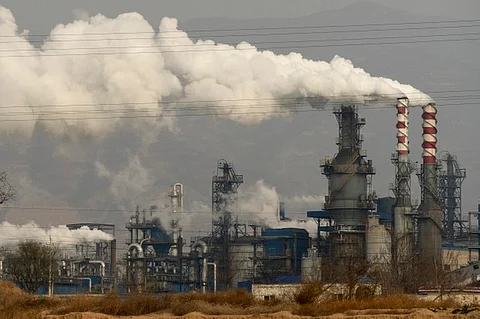Coal is the most polluting fossil fuel and the single largest source of global carbon emissions. According to the International Energy Agency (IEA), it supplies just over a third of global electricity generation.
E3G said China alone accounts for 72% of the world’s future projects, up from 66% in July 2022. The next five largest countries – India, Indonesia, Laos, Mongolia and Turkey – accounted for 18%, while 27 countries made up the last 10%.
“Almost every country and region in the world has stopped planning new coal power stations, and many have now canceled all remaining projects,” said Leo Roberts, a program lead at E3G.
“This is a huge step towards keeping global heating below 1.5°c. Unfortunately, a renewed coal boom in China is sending it off on a diverging pathway from the rest of the world, at potentially massive cost to the climate and China itself.”
In Southeast Asia, Indonesia and Laos fare poorly
Apart from China, only seven new coal projects were proposed worldwide in the last six months of 2022, including six reactivated projects in India and one new “industrial coal” project in Indonesia.
Jakarta canceled or shelved several coal projects last year while agreeing to a U.S.$20 billion dollar financing package for its Just Energy Transition Partnership (JETP) with G7 countries to transition from coal to clean power.
Vietnam, also a recipient of JETP, saw more than four-fifths, or 7 GW, of its planned coal capacity shelved or canceled since July, E3G said. It currently has six projects under construction.
Southeast Asia, seen as a coal power hub outside China, has experienced a shift away from such new projects in recent years.
“Total planned capacity in the region has contracted by 86% since 2015, including a 5% decline in the second half of 2022,” E3G noted.


